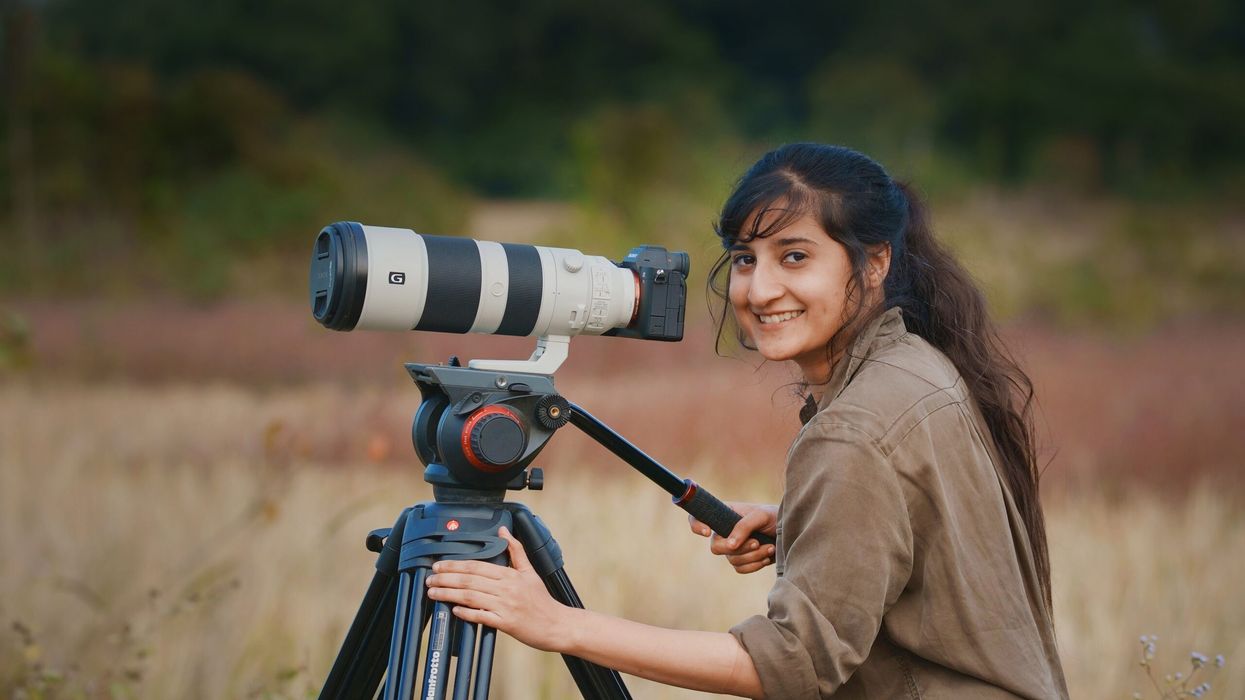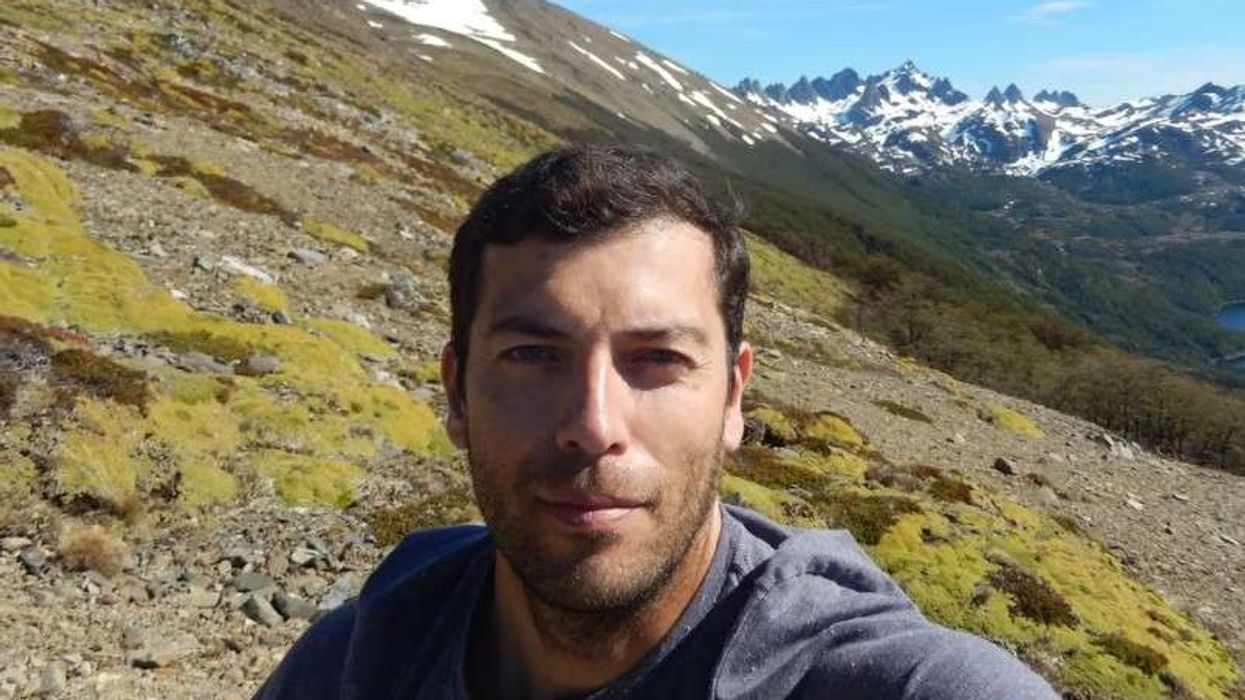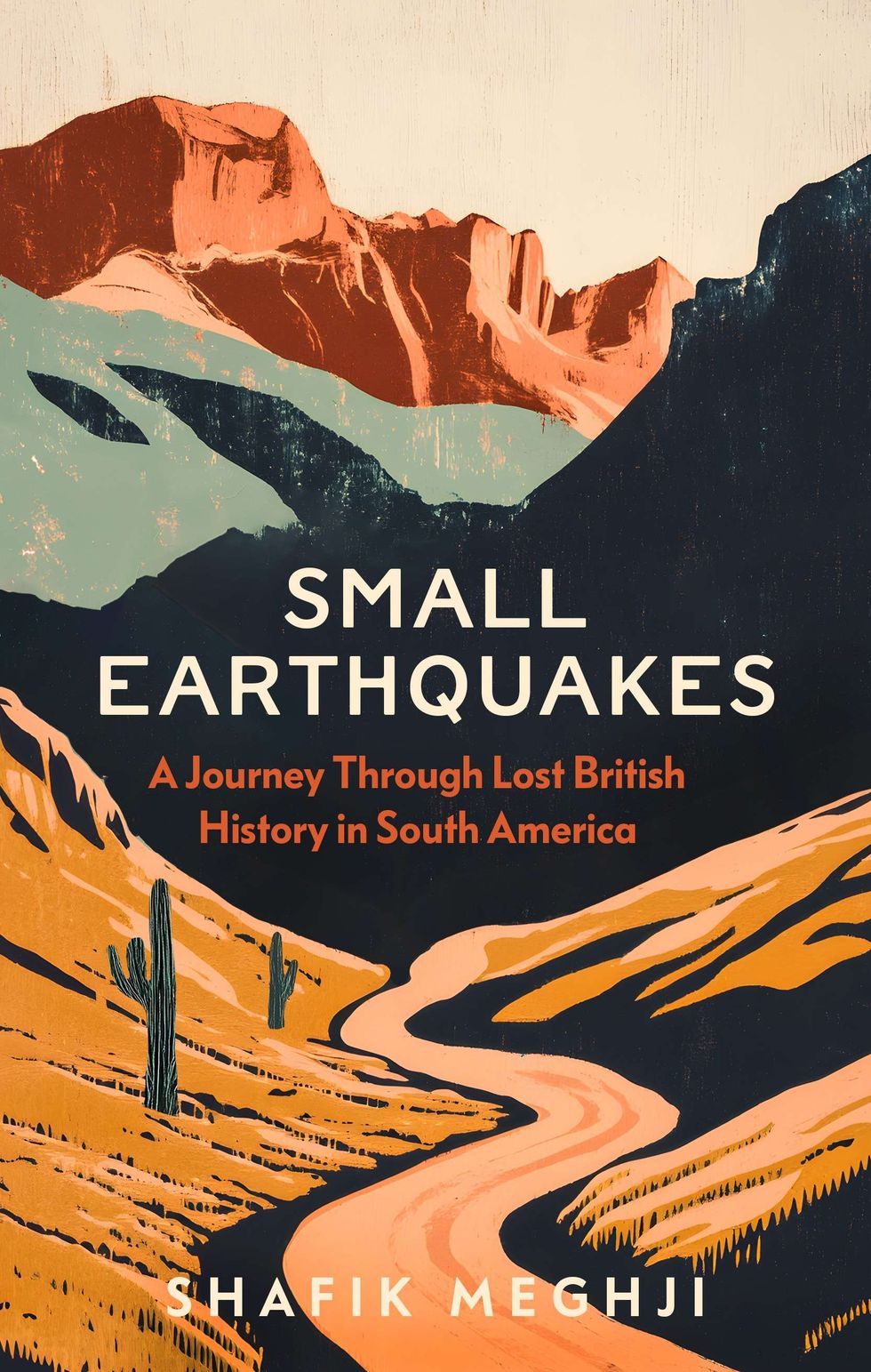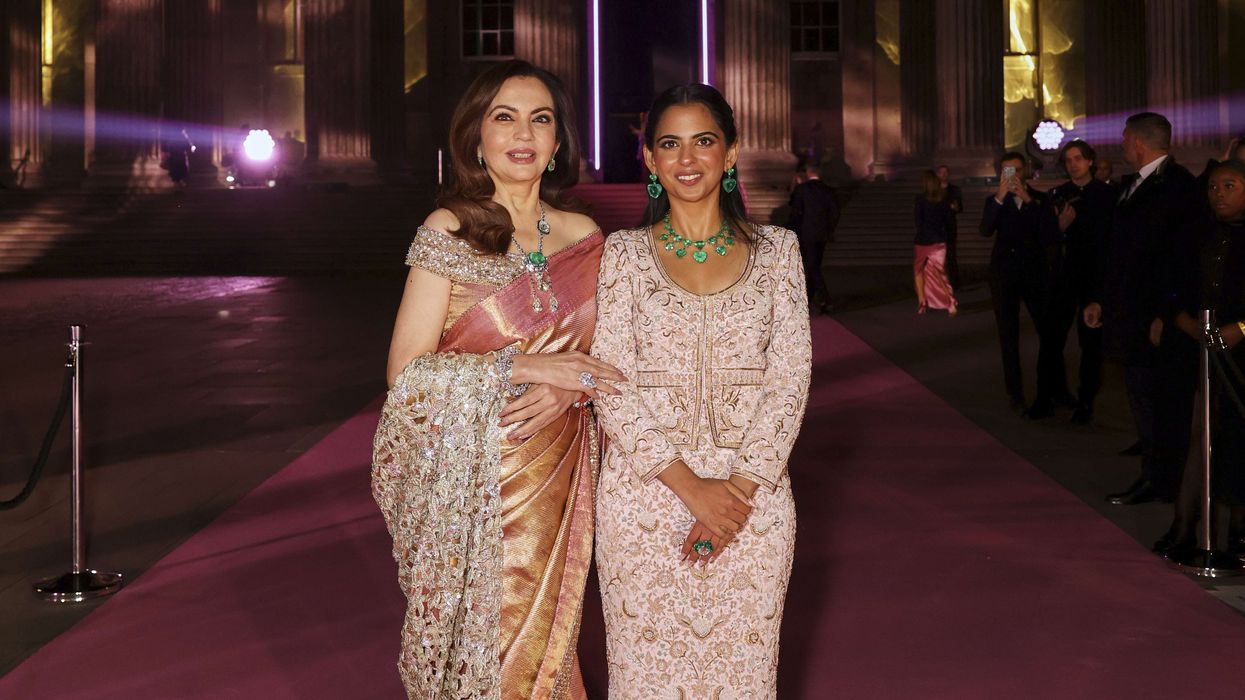2022 is year of the tiger and it has been marked by a newly launched 10-part radio adaptation of the wildlife-conservation-themed Tigeropolis series of children’s books.
The series, which airs every Friday at 4.45pm until March 18 on national children’s station FUN KIDS, is accompanied by five mini eco-features and revolves around a family of vegetarian tigers as they set out to save a forest. The stories inspired by author RD Dikstra’s many visits to India and his involvement with conservation projects are narrated by award-winning wildlife filmmaker, naturalist, and children’s TV presenter Ashwika Kapur. She was happy to talk about Tigeropolis, it’s important message and her own close connection to wildlife.
What first connected you to wildlife?
Ever since I was a child, I’ve always managed to strike up instinctive bonds with animals. I grew up in Calcutta, a bustling Indian city, and yet, found ways to seek out nature and animals. I adopted all kinds of animals and brought them home to my parents’ apartment on the 12th floor, including a duck I would take on walks.
What’s your most memorable moment as a wildlife filmmaker and naturalist?
Working with Sir David Attenborough! He’s been my absolute hero since I was little, and I couldn’t have imagined someday finding myself on a shoot with him. And yet, it happened! He was just as warm, wonderful, and inspiring as I’d imagined him to be.
What led towards you narrating the Tigeropolis series?
I am extremely passionate about inspiring the next generation to champion nature and conservation. Tigeropolis seemed like a great way to do that. I thoroughly enjoyed reading the fun, imaginative story of vegetarian tigers on a mission to save a forest.
Tell us something about the series?
The series is for 8-10’s age group, but will appeal to everyone who’s young at heart. It’s a comedy-drama based on the books about a family of vegetarian tigers living in Tigeropolis, a mythical tiger park in the foothills of the Himalayas. The tigers have retreated deep into the forest as they’re fed up with humans. But they soon discover their disappearance has consequences.
What inspired the stories?
The books were inspired by the author’s first ever sighting of a tiger in the wild at Bandhavgarh National Park in India, a park I know well.
What is the key message of the stories?
By protecting tigers in the wild, we’re actually saving an entire eco-system! Tigers are ‘keystone species’, meaning that they sit at the top of a whole pyramid of wildlife, so when we protect tiger habitats, we preserve it for all the other animals that live there too.
Why should parents get their kids to tune in to Tigeropolis?
The stories about family, teamwork and conservation are great fun. They help children think about the world around them and listening to the stories might also encourage them to read the books.
How does this compare to other work you have done?
As a wildlife filmmaker, the stories I tell are factual and visual, so an audio drama is a bit of a departure. But I like new challenges and finding new ways to interest children in conservation, especially after speaking at COP 26.
Do you have a favourite episode?
I loved the Grand Opening episode where the tigers accidently cause panic at a lavish opening ceremony. It’s so visual, I can just picture the scene.
What else can we expect from you?
I’m filming a wildlife project in India at the moment, but can’t say much about it at present. It should be on your screens sometime next year.
How important is it to be aware of what is happening in nature and wildlife?
I think that it’s vital that people understand how everything is connected. Nature and wildlife are not things that are distant from us. They are intrinsic to the air we breathe, food we eat and, as we now know, the climate.
What inspires you?
Spending time in nature inspires me. Yet, for every magical experience I have had in nature, for every beautiful animal I have filmed, I have also seen the worst of what we, as humans, are doing to the planet. I see myself as a science communicator – I want to help people understand the importance of wildlife and nature before it’s too late to change things around.
Why should we all tune into Tigeropolis?
Because it’s fun, inspiring, and educative. I’m confident that our gang of vegetarian tigers will make you smile!
See: www.funkidslive.com/radio/















